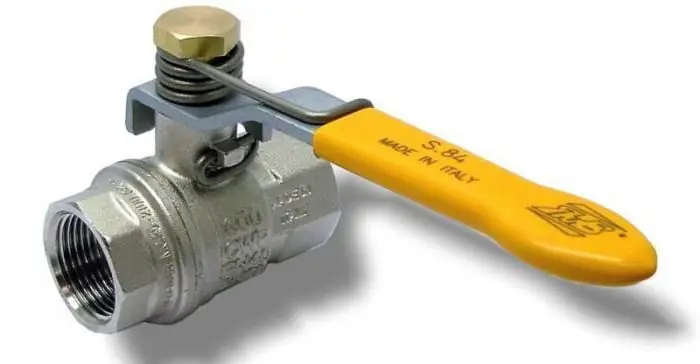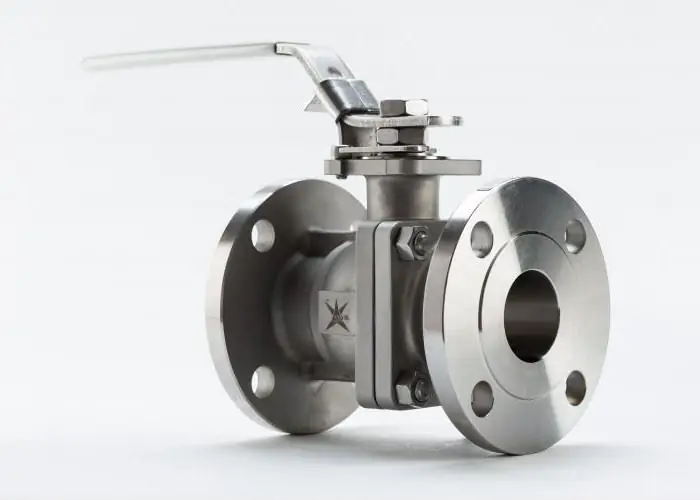2025 Author: Howard Calhoun | [email protected]. Last modified: 2025-01-24 13:10:33
Laboratory ball mill for wet and dry grinding of various samples of materials is used in a small production or a special laboratory. This equipment is used to prepare small batches of material, as well as to simulate the grinding processes of raw materials. It is very important to pay due attention to the point, which emphasizes that it is essential that the hardness of the material being ground does not exceed the hardness of the grinding walls and the body of the grinding drum.

Laboratory Ball Mill Specifications
Laboratory ball mill, like all equipment, has its own specifications. They are described in the technical data sheet for it. Some of the most important examples can be given. For example, a ball mill allows you to simultaneously dissolve the material in an aggressive or flammable liquid and grind it. In this case, this equipment must be equipped with an explosion-proof engine, oil-petrol or acid-resistant gaskets, and the pulley and belt drive rolls -be made from aluminum alloy. The ball mill must always be protected from various kinds of explosions.

Working principle
Laboratory ball mill is only available in two versions:
1. desktop version;
2. outdoor version.
This appliance consists of a frame welded from a steel profile and powder coated, on which two shafts are to be mounted. The first shaft is rigidly fixed on the frame of the mill and is connected by a V-belt to the engine. The second shaft should rotate easily in the bearings.
Depending on the diameter of the grinding drum, the distance between the shafts must be adjusted. The ball mill works by the type of filling with grinding bodies, crushed products or drum liquid. After that, the drum is closed with a lid. The lid must be tight and secure. It also works on the principle of large industrial wet or dry grinding mills, using in its use the abrasive-impact effect of the grinding walls and the drum body on the material.
Completeness of the mill
Laboratory mills are equipped with steel, porcelain or stainless steel grinding drums of various sizes, depending on the customer's choice. A frequency converter is installed to change the speed of rotation of the drum. Without it, the device is set to the average number of revolutions per minute. The mill has a standard set, which includes a frequency converter, a drive, a grindingdrum and a sufficient amount of melting bodies. Laboratory ball mills get their start with electric motors that protect against overheating and overload.

If you want to purchase a ball mill, then for more detailed and detailed information, please contact sales consultants, who in turn will tell you everything about this mill, and thereby help you make the right choice.
Recommended:
Glowing ball for your business

The article describes a business idea that is truly beautiful and great. Not everyone knows about it yet, and this will give you an advantage in creating your own small business without competitors and unnecessary problems
Ball check valve: description, specifications, device and reviews

The creators of piping systems expected that water or any other product would move in one direction. But practice shows that there are exceptions. To avoid emergency situations, if the flow goes the other way, a check valve or one of its varieties is used in the pipelines - a ball valve
Aircraft device for dummies. Aircraft device diagram

Few people know how an airplane works. Most don't care at all. The main thing is that it flies, and the principle of the device is of little interest. But there are people who cannot understand how such a huge iron machine rises into the air and rushes at great speed. Let's try to figure it out
Flanged ball valve - description, application, features and reviews

Flanged valves are shut-off valves, the use of which turned out to be so simple and convenient that with their appearance the number of valves dropped dramatically
Thrust bearing. Angular contact bearings. Ball thrust bearing

Bearings are technical devices that support rotating axles and shafts. They are able to receive radial and axial loads directly acting on the axle or shaft, and then transfer them to the frame, body or other parts of the structure

